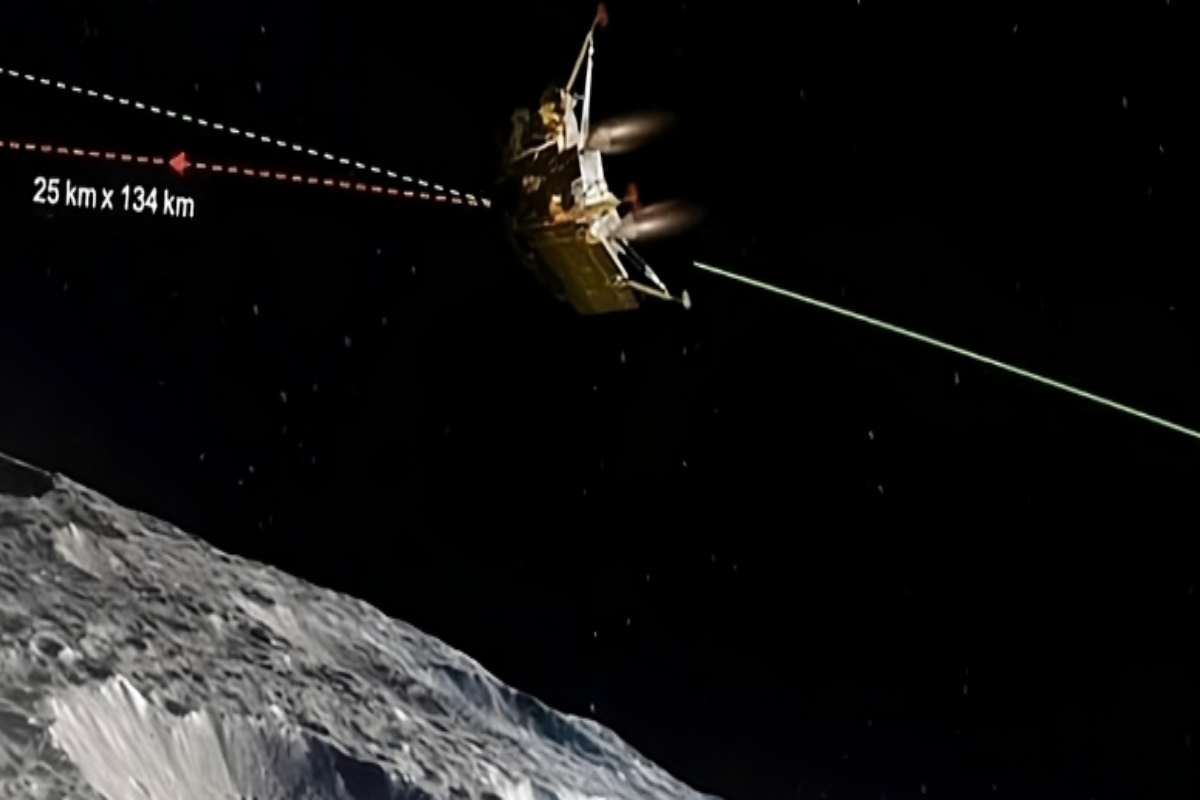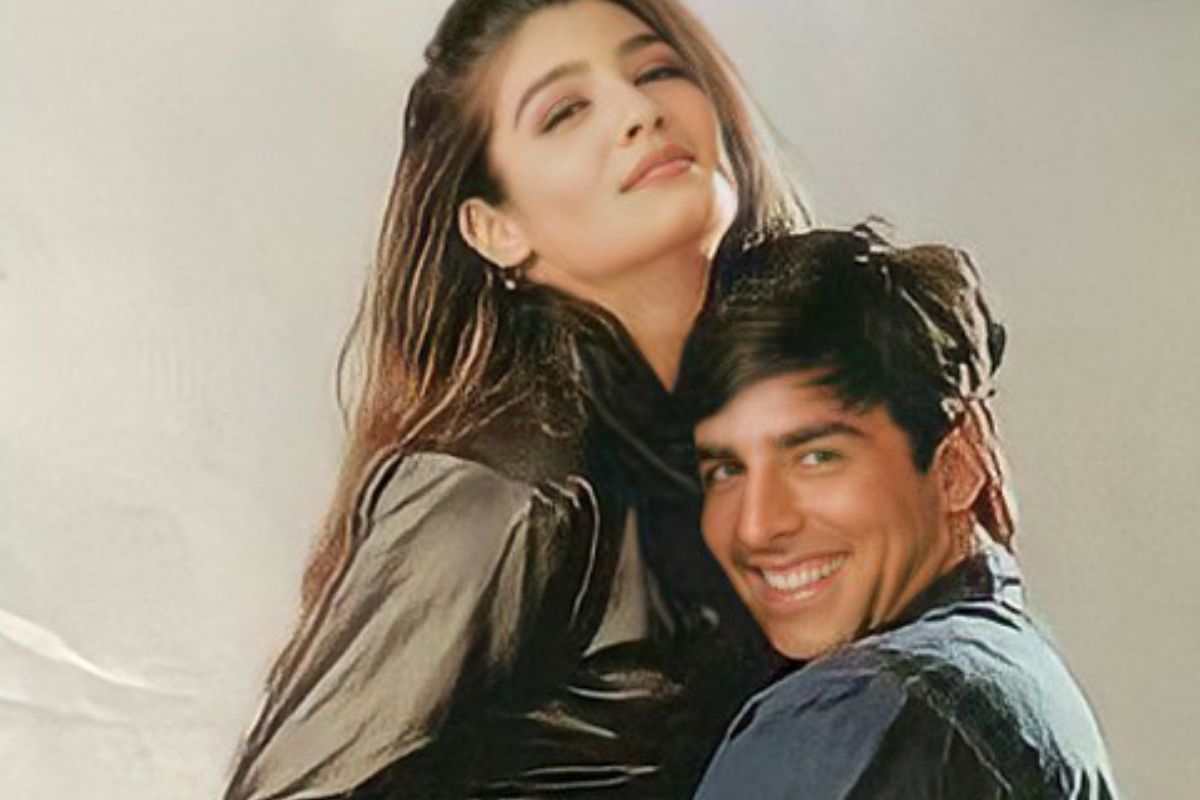Chandrayaan-3: The lander module for Chandrayaan-3 was supposed to touch down on the moon in four stages, according to ISRO’s plans.
Rough Breaking Stage
The landing operation starts at a height of around 25 kilometres above the lunar surface. The module will slow down from a speed of 1.68 km/s to 358 m/s in 690 seconds. The module will cover 713.5 kilometres during this time. After the rough breakup, it will be 7.4 kilometres above the lunar surface.
Altitude holding phase
Engine speed will be changed to 336 metres per second. At the conclusion of this ten-second phase, the module will be 6.8 km above the lunar surface. There are still 28.52 kilometres to travel to the landing area.
Crucial fine braking stage
The module will cover the landing spot after travelling 28.52 kilometres in 175 seconds. For 12 seconds, the module will float between 1.3 km and 800 m above the lunar surface. Moments remain for landing. Now is the moment to land. The module drops after 12 seconds of hovering. In 131 seconds, it will have ascended 150 metres from the landing area. The module will stay at that altitude for 22 seconds. Here is where a crucial choice needs to be made. Should the landing be made in the designated place or should a different one be picked? The programme will ultimately decide based on the data collected by the cameras and sensors on the lander. The next phase begins if everything goes according to plan.
Terminal Descent Phase
The module will drop straight down in 73 seconds after the motor is shut off, rising 10 metres above the lunar surface. The module will touch down nine seconds after the engine is shut off. The lander’s legs have adequate strength to hold it even if the speed of this downward descent is slightly quicker than three metres per second, which must be less than two metres per second. The module will move up to 150 metres horizontally to the next position and look for a different place if it is judged that it is not feasible to land at a height of 150 metres. The identical procedure will be repeated there.
Keep watching our YouTube Channel ‘DNP INDIA’. Also, please subscribe and follow us on FACEBOOK, INSTAGRAM, and TWITTER.











